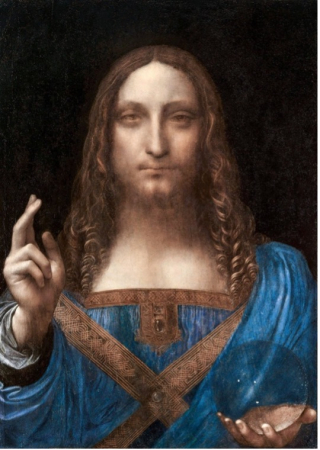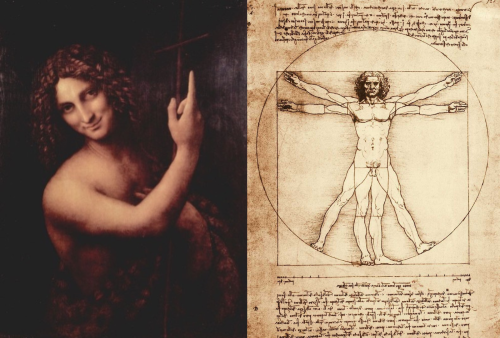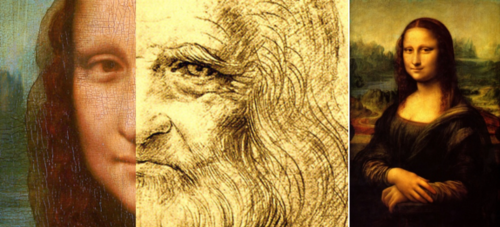That’s the question I ask when I see a claim purporting that some supplement prevents or cures disease, or a cream that is said to reverse skin aging, or an environmental contaminant that supposedly marshals us towards a premature encounter with the undertaker. I’m all about evidence. That’s why I was intrigued by the title of a paper that appeared in “Opthalmology,” one of the American Medical Association’s peer-reviewed journals. That title was “Evidence That Leonardo da Vinci Had Strabismus.”
Strabismus, often called “cross eyes,” is a condition in which the eyes are misaligned. One eye deviates either outward (exotropia), or inwards towards the nose (esotropia), while the other eye remains focused. Commonly vision with the misaligned eye is suppressed, meaning that some three dimensionality is lost. Some people afflicted with strabismus can revert to proper alignment just by being attentive, allowing them to then see everything properly in three dimensions. The author of the paper, Christopher Tyler from the City University of London, contends that da Vinci had intermittent exotropia, meaning that he had the ability to either view a scene as flat, which would be useful when working on a flat canvas, or by being attentive to his vision, see things in three dimensions, allowing him to add perspective to his painting.
An interesting premise. But what’s the evidence? Tyler bases his argument on measuring the angle of deviation of one eye from normal in six works of art he claims depict da Vinci’s face in some way. Only one of these is actually a self-portrait and Tyler admits that the alignment angle is hard to determine due to occlusion by the bushy eyebrows and partial turn of the head.

Two of the other five works are statues purported to be of Leonardo by a sculptor with whom he had apprenticed.

Three others are paintings by da Vinci that are not self-portraits but supposedly incorporate some of his own facial features. That argument is based on one of da Vinci’s writings in which he states that “the soulnguides the painter’s arm and makes him reproduce himself, since it appears to the soul that this is the best way to represent a human being.” Tyler takes this to mean “that any of Leonardo’s portraits may be considered to reflect his own appearance to some extent.” The operative word her is “may.”
One of these portraits is “Salvator Mundi” or “Saviour of the World” that depicts Jesus head on and at $450 million is the most expensive painting ever sold, supposedly purchased by proxy for Saudi Arabian crown prince Mohammed bin Salman. The painting’s current location is unknown but it is rumoured to be on the prince’s yacht.

Da Vinci’s painting of “Young John the Baptist” hangs in the Louvre and Tyler believes this also features the artist’s face, and finally there is Leonardo’s famous drawing, “The Vitruvian Man” that represents his conception of the ideal body proportions and even appears on the Italian one Euro coin.

Dr. Tyler closely examined the eyes on these six works of art and determined that they all showed some degree of misalignment with one eye wandering away from the nose, giving rise to his conclusion that da Vinci suffered from strabismus. Maybe “suffered” is the wrong word here, because according to Tyler the affliction was to the artist’s benefit.
To recap. The two statues are purported to be of Leonardo without any supporting documentation, the eyes are not clearly seen in the one true self-portrait, and that Leonardo incorporated his own features into his paintings is pure conjecture. The Mona Lisa has also been purported to be a self-portrait but this was not mentioned in the “Opthalmology” paper since she is clearly not cross eyed.

So when it comes to “Evidence That Leonardo da Vinci Had Strabismus,” let me ask the question, “where exactly is that evidence?”







